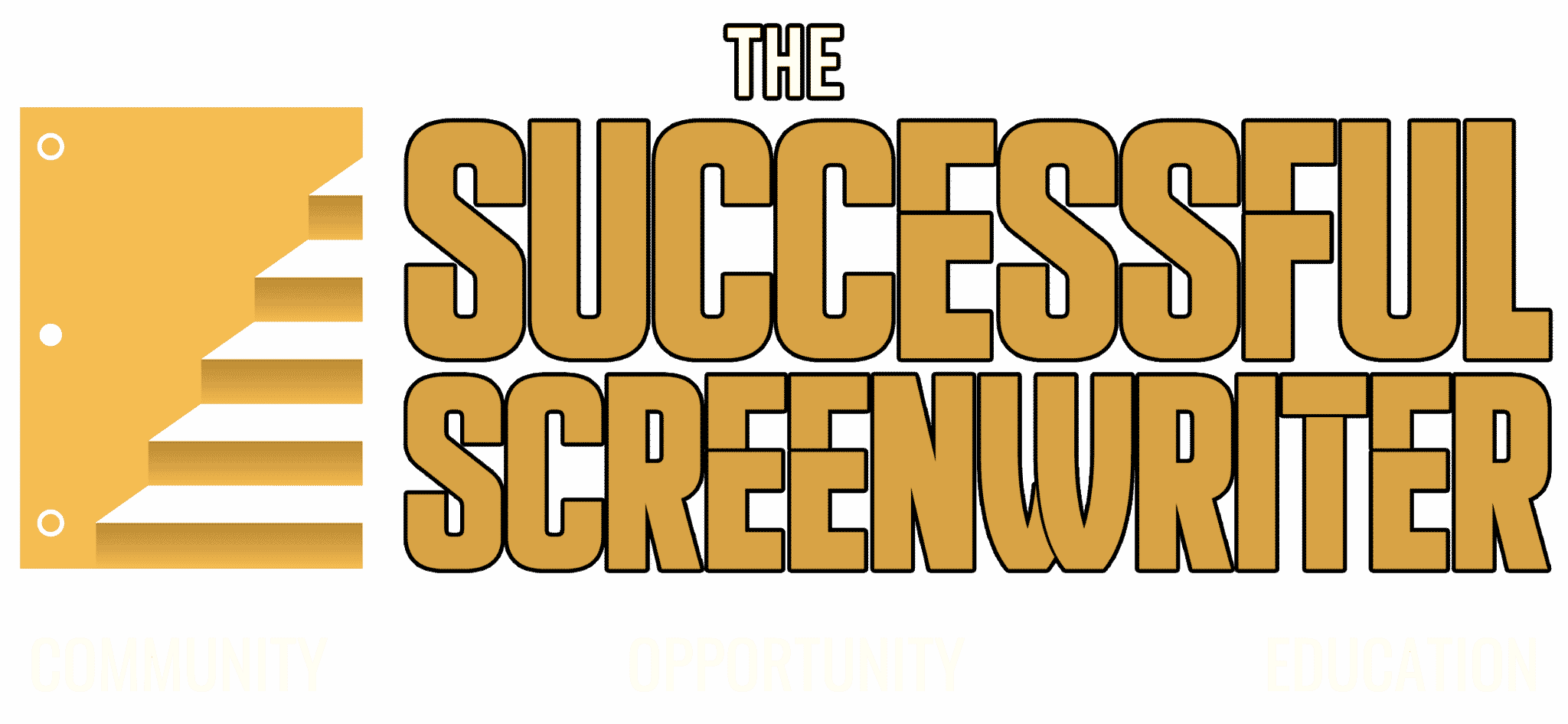Writing a screenplay is a creative process that blends storytelling with technical skill. Whether you’re dreaming of Hollywood fame or simply have a story you’re eager to tell, understanding the basics of screenwriting is crucial. This guide will take you through the essentials of how to write a screenplay, providing practical tips to help you turn your ideas into a well-crafted script.
Step 1: Understand the Structure
A screenplay is typically divided into three acts: Sometimes you can have 5. Let’s just focus on 3.
- Act One (Setup): Introduces the characters, setting, and the main conflict or quest.
- Act Two (Confrontation): Often the longest act, involving main character development, challenges, and the intensification of the conflict.
- Act Three (Resolution): Resolves the conflict, featuring the climax and the denouement.
Familiarize yourself with this structure, as it’s fundamental to most successful scripts.
Step 2: Create Detailed Character Profiles
Characters drive your story. Develop detailed profiles for each major character, exploring their desires, fears, background, and personality traits. How they interact and evolve throughout the story will engage your audience and add depth to your script.
Step 3: Outline Your Story
Before diving into writing scenes, outline the entire script. A good outline acts as a roadmap, helping you keep track of your story’s progression and ensuring consistency. Use index cards or screenplay software to arrange and rearrange plot points until they flow logically.
Step 4: Craft a Compelling Logline
A logline is a one or two-sentence summary of your story that hooks the reader by conveying the essence of your plot. This is crucial for pitching and selling your screenplay. Ensure your logline is intriguing and clearly depicts the central conflict.
Step 5: Write with Proper Formatting
Screenplays have a specific format that includes:
- Scene Headings: Indicate the location and time of day.
- Action: Describes what happens and who is involved.
- Dialogue: What the characters say.
- Parentheticals: Brief directions for how a line should be delivered.
Using professional screenplay formatting software can simplify this process. Personally I use WriterDuet.
Step 6: Show, Don’t Tell
Screenwriting is visual storytelling. Instead of describing what’s going on in the characters’ heads, show it through their actions and interactions. This makes your script more dynamic and engaging.
Step 7: Edit and Revise
Your first draft is just the beginning. Most screenplays undergo multiple revisions. Focus on tightening your dialogue, refining the plot, and fleshing out characters. Feedback from trusted peers or professional script consultants can be invaluable here.
Step 8: Master the Craft Through Practice
Screenwriting is an art that improves with practice. Keep writing, reading professional screenplays, and learning about the craft. Each script is a learning experience and a step towards mastering the art of screenwriting.
Bonus: Additional Resources
For further guidance, consider using my book “The Guide for Every Screenwriter”. My best-selling book is a treasure trove of insights and practical advice, helping you navigate through the complexities of screenwriting with ease. I also have over 40 instructional videos on screenwriting through my courses available on this site for Supporting and Paid Members.
Conclusion
Screenwriting is both challenging and rewarding. With perseverance and passion, you can transform your initial concept into a compelling screenplay. Remember, every great movie began as a script. Start writing today — your story deserves to be told.
Want more? Check out these free screenwriting resources!
Gain instant access to a wealth of resources tailored to elevate your craft and help get your work noticed:
- Over 100 Screenplays: Immerse yourself in our vast library of critically acclaimed films.
- Interactive Forums: Join discussions with fellow writers and industry experts.
- Logline Builder: Craft compelling pitches that grab attention.
- Industry Insights: Benefit from interviews and workshops with professionals.
- Script Requests by Producers: Get your script in front of the eyes that matter with exclusive leads and requests from our sponsor at InkTip.
Seize the opportunity to transform your screenplay from good to unforgettable, all at no cost to you.
Join for Free Now – Your script deserves the spotlight. Let’s make it happen.

